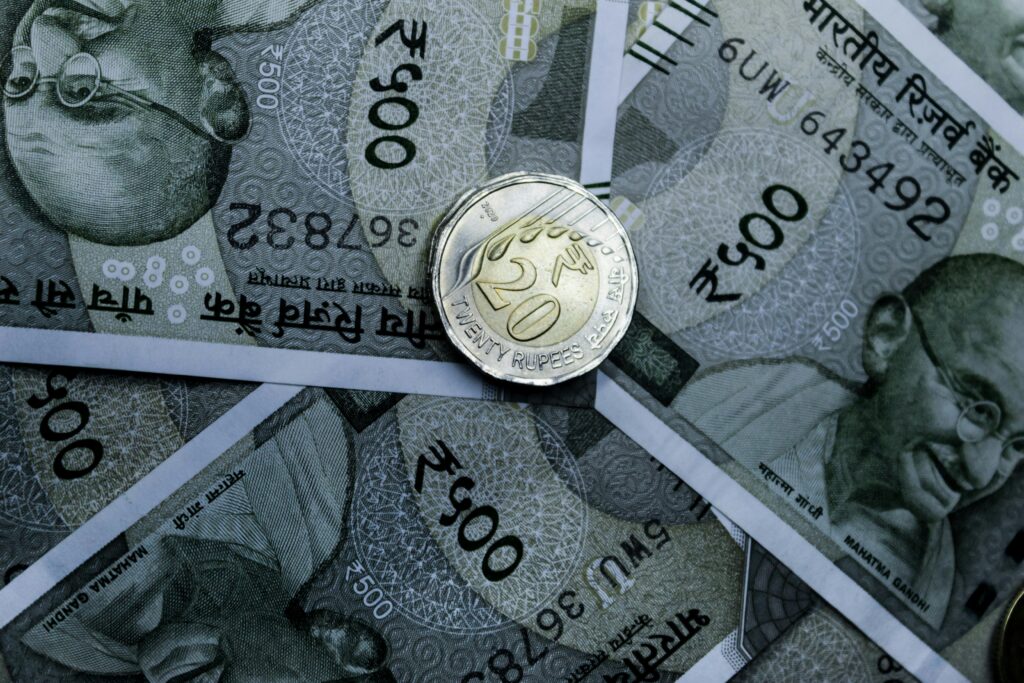The Reserve Bank of India recently conducted a record ₹2.5 lakh crore Variable Rate Reverse Repo (VRRR) auction on July 11, 2025—intended to mop up the massive ₹9 lakh crore surplus liquidity lingering in India’s banking system
What Is a Reverse Repo?
- Reverse repo is a tool RBI uses to absorb excess cash from banks, preventing overheating in money markets.
- When banks park funds with RBI at this rate, it helps maintain stability in short-term rates and inflation.
Why This Matters Now:
- Despite earlier operations withdrawing ₹3 lakh crore, banks still have around ₹9 lakh crore in excess liquidity timesofindia.indiatimes.com.
- This amount harks back to quantitative easing trends in advanced economies, signaling prolonged liquidity surplus.
- By absorbing ₹2.5 lakh crore, RBI is keeping overnight rates aligned with policy objectives and avoiding unwanted inflation pressure.
Impact on You:
- Savings & FD Rates: With RBI absorbing surplus liquidity, banks might be more conservative in adjusting deposit rates.
- Loan Interest Rates: Measures to contain excess liquidity could delay cuts in lending rates, impacting borrowers.
- Investor Sentiment: These operations signal RBI’s commitment to stability—boosting confidence in the financial ecosystem.
What You Can Do:
- For Savers: Monitor deposit rates closely—it might take time before benefits pass on.
- For Borrowers: Don’t count on immediate rate cuts; plan your EMIs accordingly.
For Investors: Stay invested—RBI’s liquidity normalization supports steady systemic conditions.

